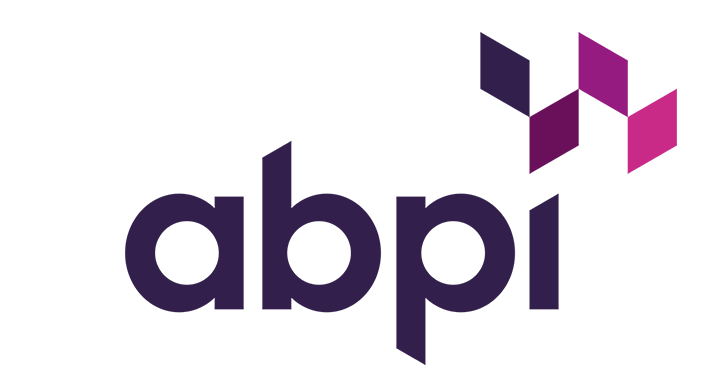
DAY 1 - Monday 3rd November 2025 – 09:30-12:00
09.30 Introduction and practical examples (Alfredo Mariani, NICE)
10:00 Session 1. What is mapping and why is it performed? (Professor Allan Wailoo)
This session will introduce the concept of mapping and outline pre-modelling considerations when planning to perform such a study.
10.50 Exercise
11:10 Break
11:40 Session 2: Modelling and Data Analysis (Professor Mónica Hernández)
This session describes the distributional features of health utility data, the challenges they raise and how they are overcome. A “live” analysis of a dataset will be performed. Direct and indirect mapping approaches will be illustrated.
12.00 End
DAY TWO - Tuesday 4th November 2025 – 09:30-11:40
9.30 Session 3: Flexible modelling methods (Professor Mónica Hernández)
Extending Session 2, a more flexible modelling approach will be described and its use on a dataset using Stata will be demonstrated.
10:00 Session 4: Reporting Standards and Using Mapping results in economic evaluation (Professor Allan Wailoo)
Key issues from ISPORs Good Practice Guide on mapping, and the NICE DSU Technical Support Document (TSD) will be discussed. The session will be relevant both to those conducting mapping studies and those required to review them.
10.25 Exercise
10.50 Session 5: The special case of mapping between EQ-5D-5L and EQ-5D-3L (Professor Mónica Hernández)
A demonstration of the DSU program for estimating EQ5D-3L values from 5L data in Excel (whether from the 5L descriptive system, from a 5L value, or a summary statistic score).
11.20 Open Questions
11.40 Close